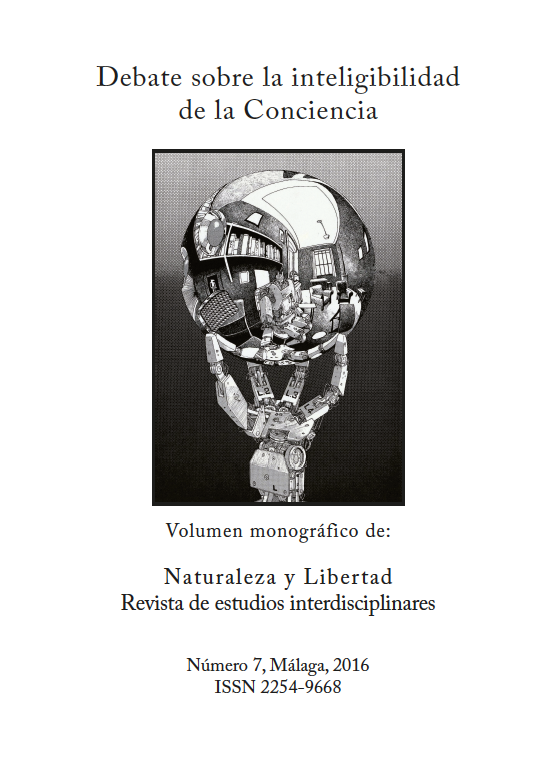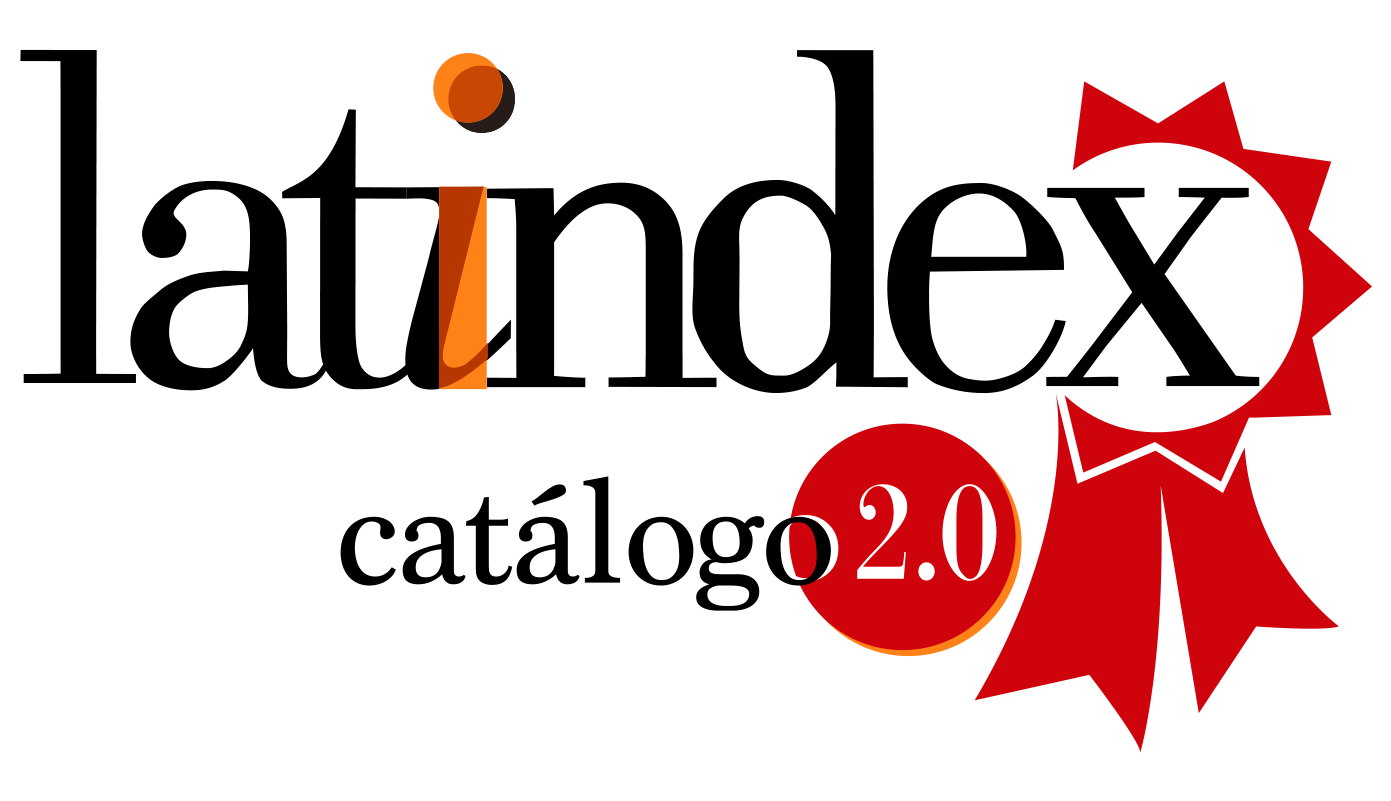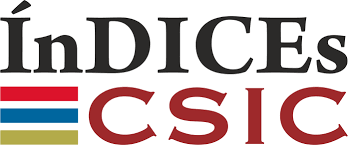La experiencia del vértigo
DOI:
https://doi.org/10.24310/NATyLIB.2016.v0i7.6355Keywords:
consciencia, vértigo, Ménière, fenomenología,Abstract
Este ensayo considera una experiencia personal de un episodio del llamado vértigo de Ménière como situación en la que el sujeto percibe o cree percibir la excisión entre la conciencia de sí mismo y el control de su organismo, digamos carnal. Puede servir para una iniciación fenomenológica en lo que plantea Juan Arana en La conciencia inexplicada de Juan Arana.Downloads
Metrics
References
N.J.P. Beasley, N.S. Jones, “Meniere’s disease: evolution and definition”. The Journal of Laryngology & Otology 110(12) (1996): 1107-13.
Chirara Ferrari, Carlotta Lega, Mirta Vernice, Marco Tamietto, Peter Mende-Siedlecki, Tomaso Vecchi, Alexander Todorov, Zaida Cattaneo, “The dorsomedial prefrontal cortex plays a causal role integrating social impressions from faces and verbal descriptions”. Cerebral Cortex 26(1) (2016): 156-65.
Martin N. Hebart, Yoren Schriever, Tobias H. Donner, John-Dylan Haynes, “The relationship between perceptual decision variables and confidence in the human brain”. Cerebral
Cortex 26 (1) (2016): 118-30.
H.H. Komhuber, “Nystagmus and related phenomena in man: an outline of otoneurology”. Vestibular System: Part 2: Psychophysics, (1974): 196-229.
Juan José López-Ibor, “Agoraphobic vertigo: with a consideration of the nature of Meniere vertigo”. Journal of Nervous & Mental Desease 116(6) (1952): 794-807.
H. Schaaf, H. Holtmann, “Patientenführung bei M. Meniére Klare Diagnose, meist schvindelerregende Perspektiven”, (2005). http://www.drhschaaf.de/Patientenfuehrung_bei_Meniere.htm y http://www.drhschaaf.de/meniere_counselling_englisch.htm
Nikolaus Steinbeis, Johannes Haushofer, Ernst Fehr, Tania Singer, “Development of behavioral control and associated vmPFC-DLPFC connectivity explains children’s increased resistance to temptation in intertemporal choice”. Cerebral Cortex 26(1) (2016): 32-42
Downloads
Published
How to Cite
Issue
Section
License
Those authors who have publications with this journal, accept the following terms:
1. Copyright and licensing information are clearly described on the journal’s web site: all content published in Naturaleza y Libertad is open acces without limit, and are subject to the Attribution-NonCommercial-ShareAlike 4.0 International (CC BY-NC-SA 4.0) license. The full text of which can be consulted at https://creativecommons.org/licenses/by-nc-sa/4.0/
2. It is the responsibility of the authors to obtain the necessary permissions for the images that are subject to copyright. The authors whose contributions are accepted for publication in this journal will retain the non-exclusive right to use their contributions for academic, research and educational purposes, including self-archiving or deposit in open access repositories of any kind. The electronic edition of this magazine is edited by the Editorial de la University of Malaga (UmaEditorial), being necessary to cite the origin in any partial or total reproduction.
3. This journal allows and encourages authors to publish papers on their personal websites or in institutional repositories, both before and after their publication in this journal, as long as they provide bibliographic information that accredits, if applicable, your posting on it.
4. In no case will anonymous papers be published.





18.png)













